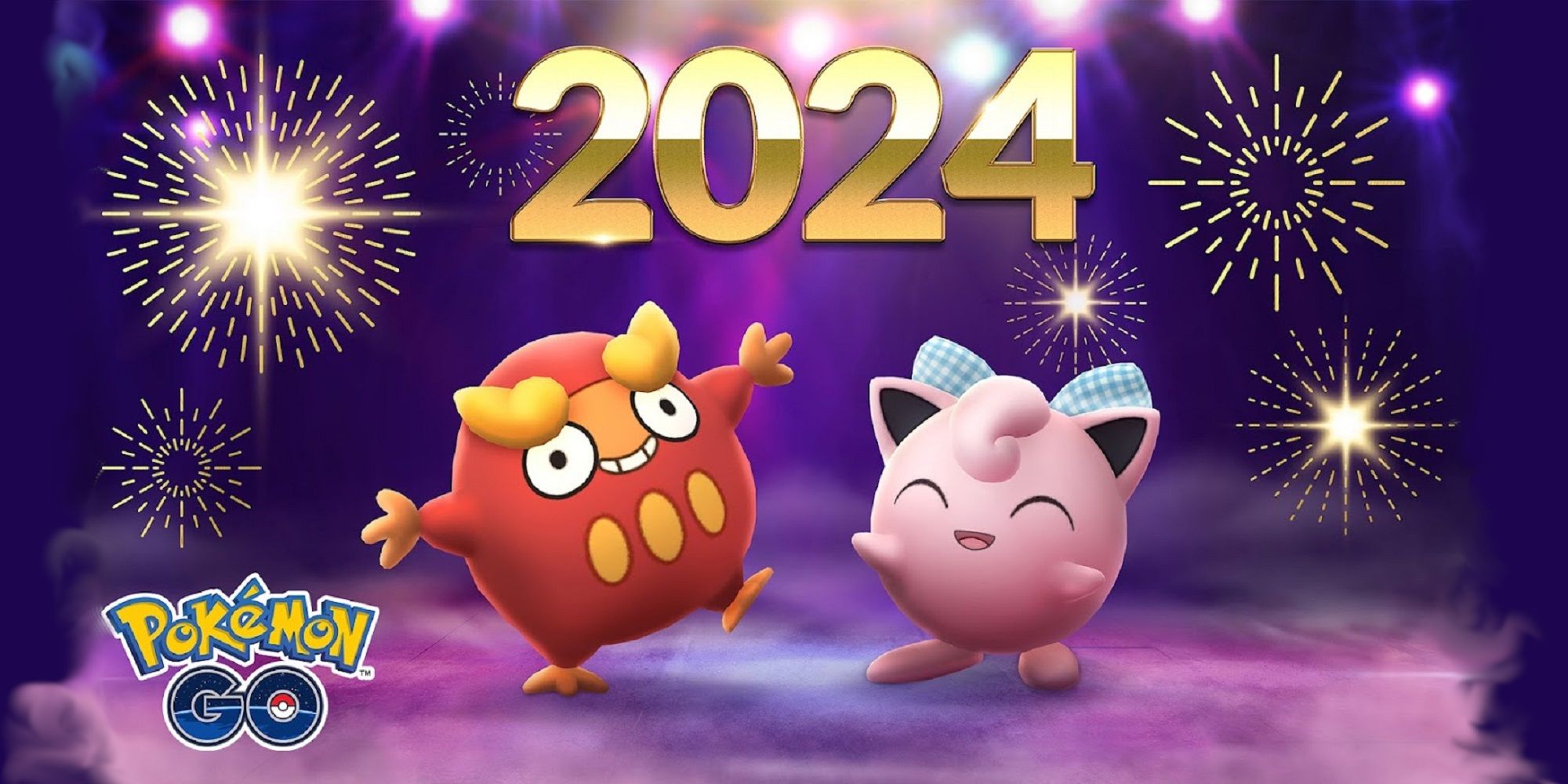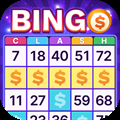
Pokemon Go is an enigma. As it currently stands, it feels less like a live-service game with microtransactions and more like a game where you need to buy season passes every month to access its content. Of course, the two aren’t mutually exclusive, and many games do the same. However, Pokemon Go started differently.
Pokemon Go was originally a pay-to-progress game. Everyone was in the same boat, and if you paid money you could simply skip the grinding. Level up quicker, fill your Pokedex quicker, that sort of thing. Then Gyms and Raids entered the picture. Soon, it became about paying to have more chances at a Legendary with good IVs, then about paying for more chances at shinies via tackling Raids or hatching eggs. Some Pokemon were even locked behind eggs and expensive incubators to hatch them. Some still are.
Then Pokemon Go became pay-to-fun. The best Special Research was locked behind paywalls. You felt like you weren’t getting the full experience any more unless you bought the special pass. Then Niantic raised the prices of Remote Raid Passes, and local communities across the world splintered.
My local community was badly affected. Only a few people ever turned up for events, whoever was free on that day. I certainly didn’t turn up to them all. That’s fine, or at least it was when our Raid lobbies could be filled with friends from across the globe. Since Niantic raised the price of Remote Raid Passes, it became more difficult to tackle any Raids at all. People were weighing up whether or not Kyurem or Zekrom were worth the price of admission from afar. More often than not, they would decline.
Players labelled this as greedy. Niantic wanted more money. But if that was the case, then why would the developer limit the number of Remote Raids you could do per day? Its biggest whales would spend hundreds raiding from home, collecting shundos galore. What businessperson would turn that down?
A shundo is a shiny with 100 percent perfect IVs (a perfect ‘mon is known as a hundo).
That decision, as much as it splintered communities, wasn’t one of greed. It was a genuine attempt to get Pokemon Go players back outside. Anyone can take wild guesses as to why the company wants its players outside, but exploration has been one of the game’s core pillars since its inception. But simply making Remote Raid Passes more expensive won’t bring back the vibes of summer ‘16.
So where does the game stand in 2024? Eight years on from that beautiful summer, Niantic wants us back outside. But this is a different game now. Events drip-feed single new Pokemon and, if we’re lucky, a shiny. New Legendary Pokemon, new forms of Legendaries such as Shadows or Apex variants, and new shiny Legendaries are available through Raids, which cost money even in-person. Sure, you’re out of the house, but you’re paying a quid every time you want to try to get a shiny.
The current Pokemon Go event, Lunar New Year: Dragons Unleashed, introduced shiny Drampa. There’s a slightly better chance to get lucky trades or lucky friends, which encourages you to get out and meet your pals at least, but the whole thing is pretty lacklustre. Of course, the obscenely powerful Mega Latias and Mega Latios are in Raids to prise those pennies out of your hands, too.
Throughout February, you can also buy another event to last through the month. Eggs-pedition Access: February rewards you with XP, Stardust, Incubators, and everything else you have to pay for in the game. It’s a good deal at $5 compared to buying all the items individually, but it reinforces the point that Pokemon Go has turned into a subscription service. If you don’t want to pay for this Research, what have you got for the rest of the month after Dragons Unleashed finishes on the 11th? Shadow Articuno in Raids. Hisuian Decidueye Raid Day. Enamorus in Elite Raids. The number of Raid events this month is staggering, and it never lets up.
I’m exaggerating a little, but well over 50 percent of Pokemon Go events this month are Raid based. There’s a Valentine’s Day event that introduces shiny Oricorio (and has an optional paid component), and a Road to Sinnoh event which leads to the paid Go Tour: Sinnoh event later this year. What does the Road to Sinnoh event entail, you ask? Oh, it gives you bonuses for doing Raids. You can also pay a fiver for even more bonuses when you pay to do a Raid. You get the picture.
Pokemon Go is all about Raids now. A couple of new monsters or shinies will be released each month so you can slowly fill up that ‘dex, and if you’re lucky they won’t be locked behind paywalls in Raids or eggs. The Raiding gameplay loop does get players outside now, and I respect Niantic for sticking to its guns in this regard rather than allowing its whales to send it daily, crisp hundred dollar bills from home, but it’s clearly Pokemon Go’s big money-spinner. In 2024, it seems impossible to play Pokemon Go without parting with your cash. Even the free events have paid components, and offer more benefits if you engage with the game’s paid mechanics.
As we run up to Go Tour: Sinnoh, which will be one of the biggest Pokemon Go events of the year and will probably cost between £5-10, I don’t know how, or why, free-to-play players persist with this game. There’s only so far a love of the Pokemon IP can get you.
Next: Gaming TV Shows Need To Stop And Think













